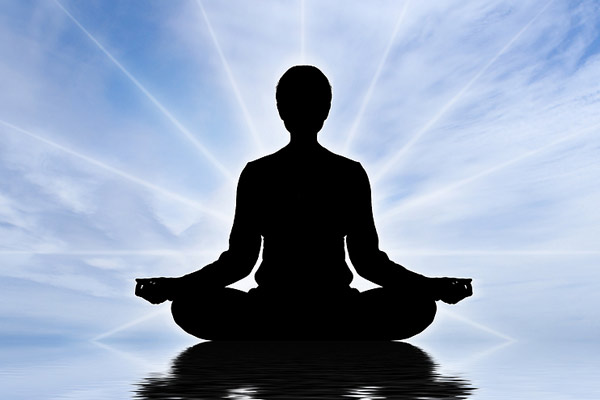Relaxation therapy
Autogenic training, behavioral techniques, breathing therapy, CBT, selected relaxation, mental, behavioral therapy, aware relaxation, practical relaxation, guided relaxation, hypnotic audio, symbolism, Jacobson’s modern, Laura Mitchell strategy, yoga passive relaxation, brain/body medication, mime therapy, muscle relaxation techniques, PMR, progressive muscle relaxation, psychomotor therapy applications, qigong, relaxation coping, relaxation exercises, self-hypnosis, Soong (Mandarin), creation.
Relaxation methods incorporate behaviorally therapeutic methods that vary broadly in exercise, strategy, and viewpoint. The main objective is low-focused relaxation. Many methods reveal the aspects of repeated focus (on the term, audio, prayer expression, body feeling, or physical exercise), ownership of the passive attitude towards intruding ideas, and go back to the emphasis.
Short and heavy techniques exist. Heavy techniques include autogenic training, modern muscle relaxation (PMR), and meditation (though meditation may also be known from the relaxation on the basis of the state-of "thoughtless understanding" that's believed to happen during yoga). Short techniques include self-control breathing and relaxation. Short techniques frequently represent an abbreviated type of a heavy technique and usually require time.
Additional relaxation methods incorporate inactive muscle relaxation, breathing/breathing handle, imagery, and refocusing. Used relaxation requires creativity of soothing circumstances using the purpose of causing psychological and carved relaxation. Another method that is common is modern relaxation, where a person is trained by evaluating relaxation with muscle stress what it is like to relax. Modern muscle relaxation (PMR) is believed to need many months of exercise at least three times each week to be able to have the ability to stimulate the relaxation response within minutes. Relaxation method coaching will come on audiotapes videotapes, locally, in publications, or in several hospitals.
 The word "relaxation response" was created Herbert Benson, doctor and by Harvard teacher within the 1970s to explain the physiologic effect that's the alternative of the strain response. The relaxation reaction is suggested to include enhanced parasympathetic action seen as a decreased musculoskeletal and aerobic tone and neuroendocrine function in addition to reduced excitement of the nervous system and nervous system. Relaxation methods might be trained hypnotists, doctors, psychotherapists, by numerous supporting professionals, nurse's researchers, and activity counselors. There's no official credentialing for relaxation treatments.
The word "relaxation response" was created Herbert Benson, doctor and by Harvard teacher within the 1970s to explain the physiologic effect that's the alternative of the strain response. The relaxation reaction is suggested to include enhanced parasympathetic action seen as a decreased musculoskeletal and aerobic tone and neuroendocrine function in addition to reduced excitement of the nervous system and nervous system. Relaxation methods might be trained hypnotists, doctors, psychotherapists, by numerous supporting professionals, nurse's researchers, and activity counselors. There's no official credentialing for relaxation treatments.
Medical studies claim though these methods don't be seemingly as efficient as psychotherapy that relaxation methods might be helpful in-patients with panic. For problems having a powerful component that is psychosomatic, relaxation might be helpful, even though it is bounce if results are long term. Relaxation methods can be utilized for stress-management utilizing self-legislation. There's insufficient proof to create firm ideas concerning the usefulness of a relaxation for additional problems. Lower blood pressure, need less pain medicine, relaxation has additionally been recommended in-patients to accelerate restoration, and decrease postoperative problems. Relaxation methods are occasionally utilized by individuals with other or insomnia sleep problems.
Short and heavy techniques exist. Heavy techniques include autogenic training, modern muscle relaxation (PMR), and meditation (though meditation may also be known from a relaxation on the basis of the state-of "thoughtless understanding" that's believed to happen during yoga). Short techniques include self-control breathing and relaxation. Short techniques frequently represent an abbreviated type of a heavy technique and usually require time. Additional relaxation methods incorporate inactive muscle relaxation, breathing/breathing handle, imagery, and refocusing.
Used relaxation requires creativity of soothing circumstances using the purpose of causing psychological and carved relaxation. Another method that is common is modern relaxation, where a person is trained by evaluating relaxation with muscle stress what it is like to relax. Formation relaxologue is believed to need many months of exercise at least three times each week to be able to have the ability to stimulate the relaxation response within minutes. Relaxation method coaching will come on audiotapes videotapes, locally, in publications, or in several hospitals.
 The word "relaxation response" was created Herbert Benson, doctor and by Harvard teacher within the 1970s to explain the physiologic effect that's the alternative of the strain response. The relaxation reaction is suggested to include enhanced parasympathetic action seen as a decreased musculoskeletal and aerobic tone and neuroendocrine function in addition to reduced excitement of the nervous system and nervous system.
The word "relaxation response" was created Herbert Benson, doctor and by Harvard teacher within the 1970s to explain the physiologic effect that's the alternative of the strain response. The relaxation reaction is suggested to include enhanced parasympathetic action seen as a decreased musculoskeletal and aerobic tone and neuroendocrine function in addition to reduced excitement of the nervous system and nervous system.